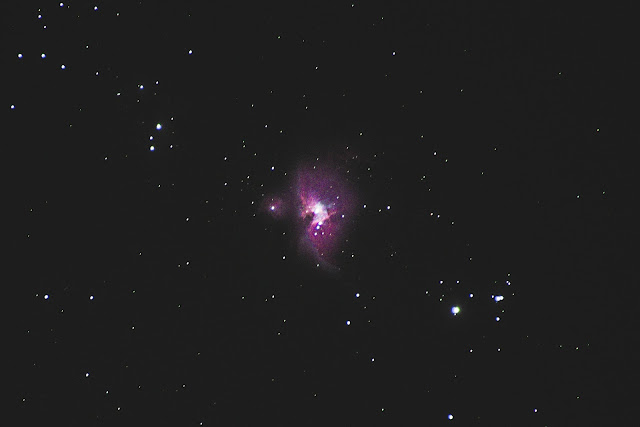In an exciting revelation, the James Webb Space Telescope (JWST) has uncovered massive and surprisingly bright galaxies dating back to the early universe, specifically during a period known as the Epoch of Reionization. This discovery has sent shockwaves through the astrophysical community, as it challenges long-standing models of galaxy formation.
Previously, astronomers believed that galaxies in the early universe would have been smaller and more diffuse, gradually growing over time. This concept was based on the widely accepted dark matter theory, which suggests that galaxies formed through a gradual accumulation of smaller structures. However, the JWST’s observations are forcing a rethinking of this model, as it has detected large, well-formed galaxies from a time when the universe was only a few hundred million years old.
The first stars and galaxies
The Epoch of Reionization, which took place between 400 million and 1 billion years after the Big Bang, marked a crucial phase in the universe's evolution. During this time, the first stars and galaxies began to shine, ionizing the surrounding hydrogen gas and making the universe transparent to visible light. It was thought that this era would yield faint, small galaxies, as they would need time to accumulate mass and form into the bright, structured galaxies we observe today.
However, the JWST has spotted galaxies that defy these expectations, being both bright and massive. This has led some scientists to question whether dark matter, which was proposed to explain galaxy formation, might not be the correct explanation after all. Instead, these findings are aligning more closely with a rival theory known as Modified Newtonian Dynamics (MOND), which suggests that galaxies could have formed rapidly, not through gradual accumulation, but through a burst of activity shortly after the Big Bang. This model, first proposed in 1983 by physicist Mordehai Milgrom, posits that gravity behaves differently at larger scales than what is predicted by traditional models.
Astronomer Stacy McGaugh, who has been a proponent of MOND, recently pointed out that the large and bright galaxies seen by the JWST were precisely what his team had predicted over two decades ago. According to this theory, galaxies could have formed in a rapid burst, driven by the changing dynamics of the universe’s expansion. As the universe stretched out, it would have fueled the formation of massive galaxies much faster than previously thought.
These unexpected findings from JWST have prompted astronomers to reevaluate the nature of galaxy formation and the forces that govern it. The discovery of these large galaxies suggests that the processes at play in the early universe are far more complex than our current models can explain. As more data comes in from the JWST, scientists are hopeful that it will offer clearer answers about the nature of dark matter, gravity, and the early universe’s evolution.
The JWST’s ground breaking observations also shed new light on the diversity of early galaxies, revealing structures that were previously hidden due to the limitations of older telescopes. The telescope's unprecedented sensitivity and resolution have allowed it to peer deeper into the cosmos than ever before, providing valuable insights into the earliest stages of galaxy formation.
In conclusion, the James Webb Space Telescope is not only providing stunning images of the universe's distant past but is also challenging our most fundamental understandings of cosmology. The discovery of massive, bright galaxies from the early universe calls into question the current theories of dark matter and galaxy formation, suggesting that we may need to adjust our models to account for these unexpected findings. As more data continues to flow in, the JWST is poised to reshape our understanding of the cosmos, offering answers to some of the universe’s most enduring mysteries.
Reference Source: ZME Science
Post a Comment